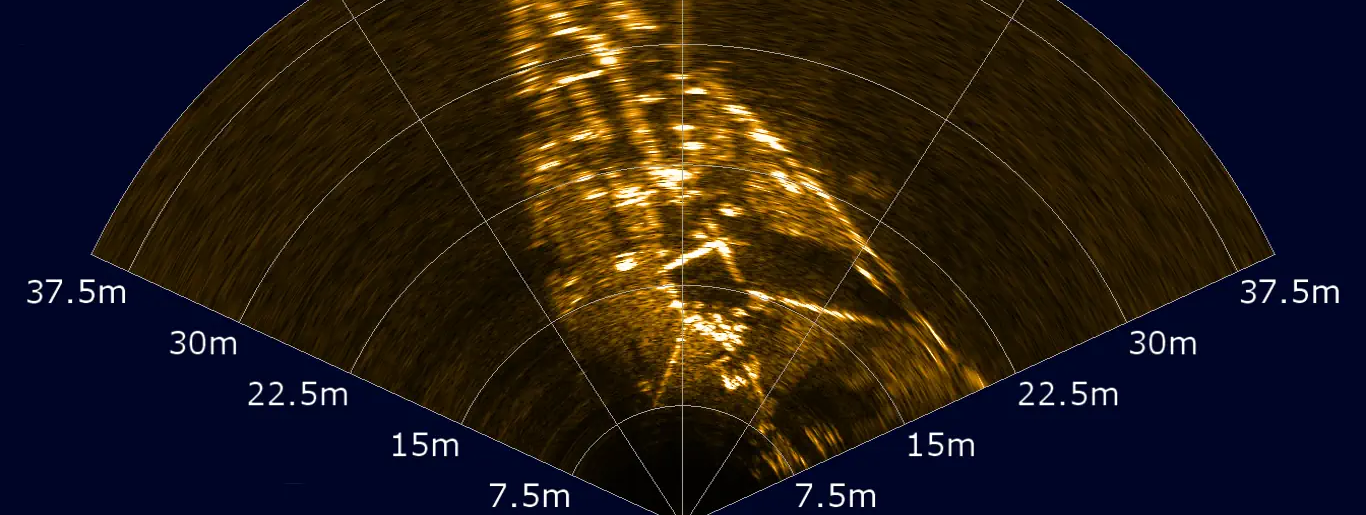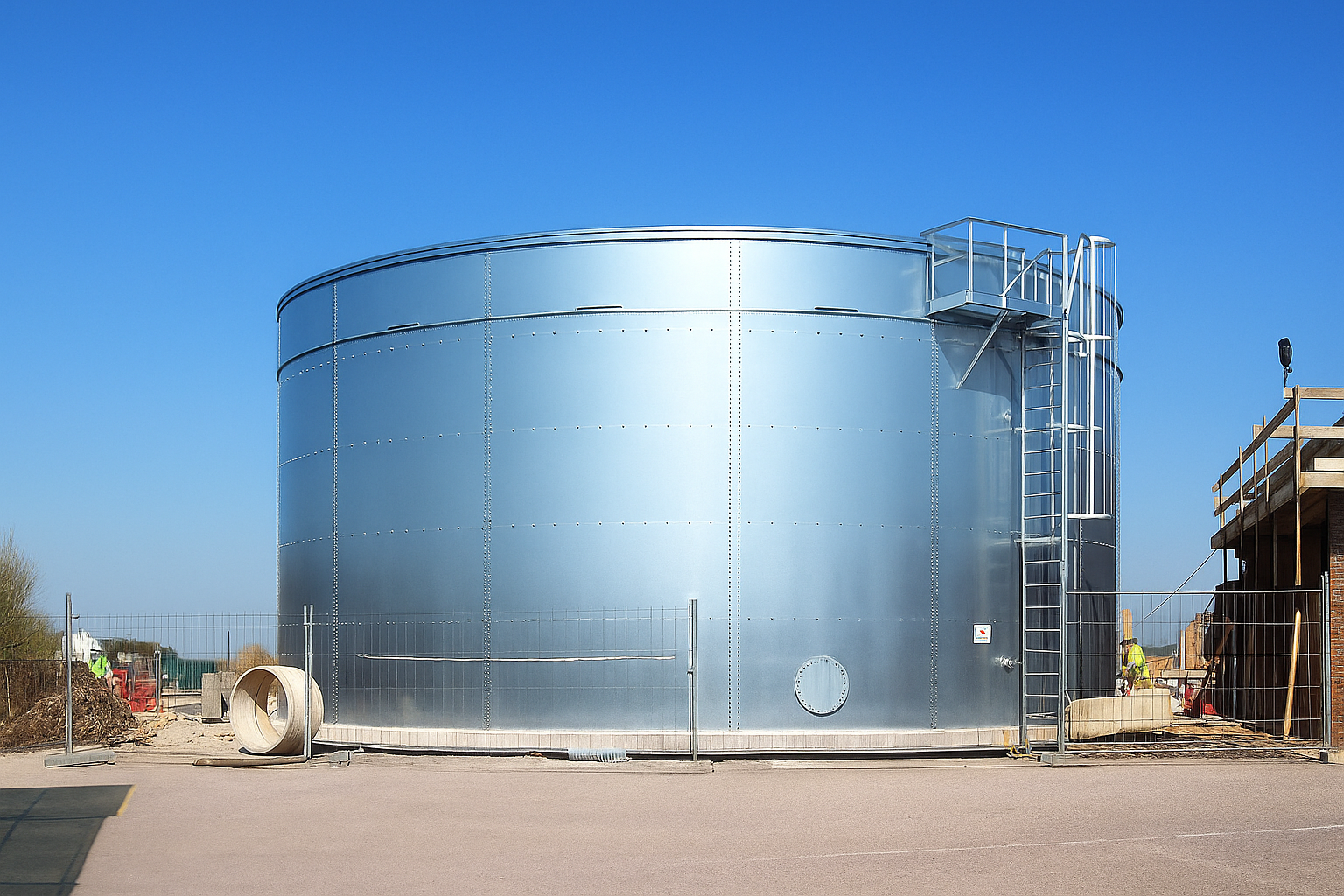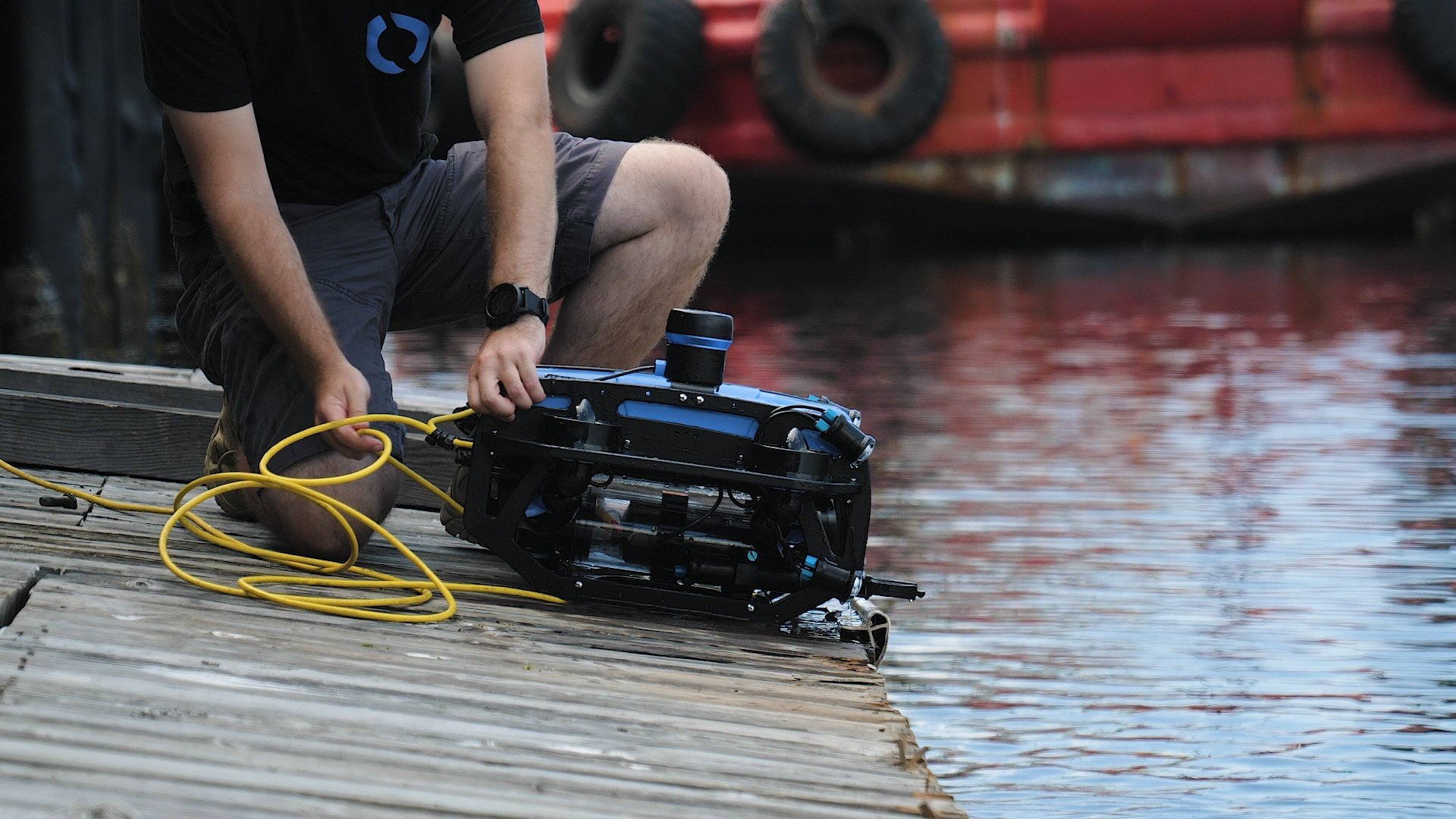

Marine and underwater robotics are based on a combination of navigation, detection and measurement technologies. Whether you're piloting a ROV (Remotely Operated Vehicle), a USV (Unmanned Surface Vehicle) or carry out a bathymetry, sensors are essential. And yet, between the acronyms (DVL, USBL, GNSS RTK...) and the diversity of solutions available, it's easy to get lost.
This glossary will help you understand the main underwater sensors and their role, so you can make the right technological choices.
A DVL (Doppler Velocity Log) measures the speed of an underwater vehicle relative to the seabed using the Doppler effect.
Visit DVL A50 from Impact Subsea is designed for light vehicles like the BlueROV2. Compact and powerful, it enables reliable underwater navigation up to 200 m depth.
Visit sonar (Sound Navigation And Ranging) uses sound waves to detect and image the underwater environment.
A Cerulean Omniview 450 mounted on ROVs, enables effective port surveillance even in turbid waters.
Visit GNSS RTK (Global Navigation Satellite System - Real Time Kinematic) provides a centimetric position in real time thanks to a differential signal.
A BlueBoat equipped with RTK GNSS becomes an ideal platform for bathymetry in harbors and rivers.
A USBL (Ultra-Short Baseline) is an acoustic locating system that measures the position of an underwater transponder from a ship or surface drone.
Visit Water Linked USBL G2 can be integrated into a USV or ROV to provide reliable tracking, even in deep water.
A altimeter measures the distance between a vehicle and the seabed or a structure. A echo sounder measures the depth of water below a given point.
L’ISA500 d'Impact Subsea combines a high-precision altimeter, echo sounder and AHRS in a single compact sensor.
In addition to navigation sensors, many other instruments measure the state of the marine environment:
A ROV equipped with CTD sensor and oxygen sensor is used to monitor water quality in a port or dam area.
Underwater sensors are at the heart of marine robotics: they transform a simple ROV or USV into a fully-fledged robot. precise, reliable data acquisition platform.
At ROV Expert, We integrate and distribute a wide range of sensors: DVL, sonar, USBL, GNSS RTK, altimeters, CTD and many others. Whether you're a research laboratory, offshore company or local authority, We'll help you choose the solution best suited to your needs.





ROV Expert - Specialist in ROVs, USVs and underwater sensors for inspection, bathymetry and research, in France, Spain and Portugal.